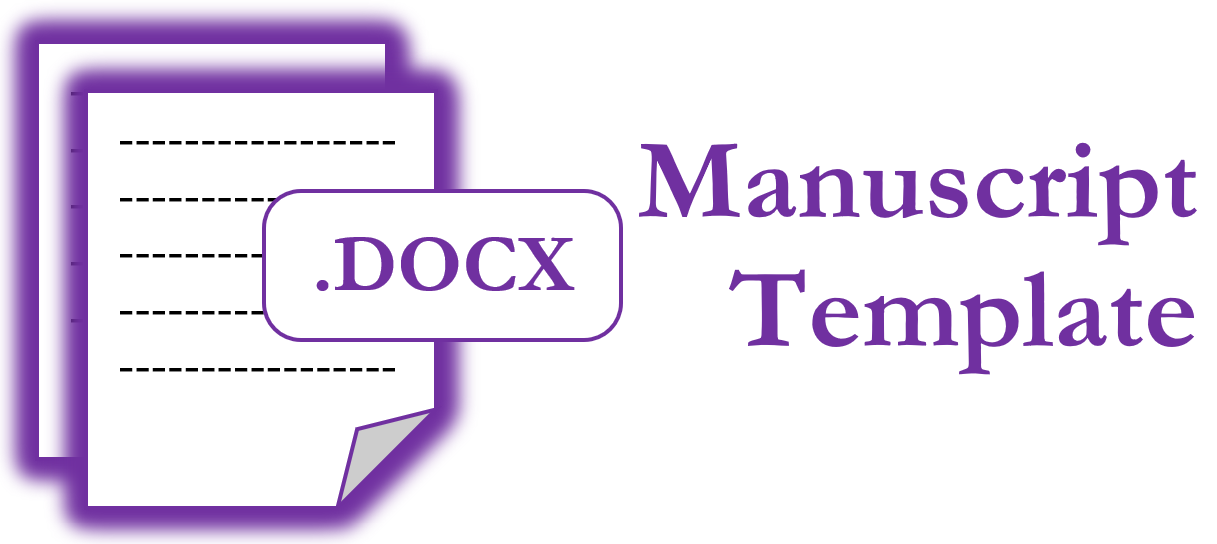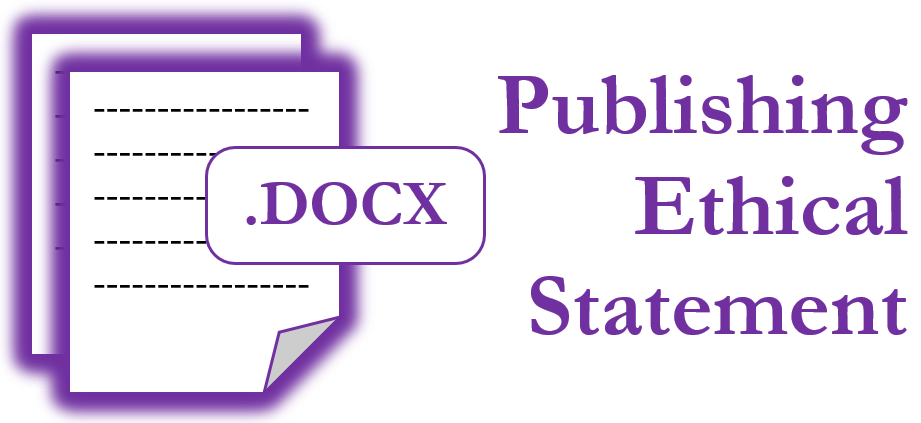The role of language in shaping religious practices and beliefs
DOI:
https://doi.org/10.31763/jorel.v2i1.14Keywords:
Religious practice, Language, Socio-cultural requirementAbstract
Language is the most potent medium of communication, a conduit for expressing cultural ideals and ambitions, and a tool for preserving culture. Language serves as a crucial instrument for the acquisition and preservation of the identity of a specific group or community. This also influences the interplay between language conflict and theological conflict, as well as its exploitation by specific groups. We must employ language constructively to address the socio-cultural, linguistic, religious, and political requirements of the world. The study emphasizes that language and religion must be utilized positively, particularly in Malaysia, a multi-ethnic nation.
Downloads
References
Adeosun, A. B. (2011). Federal character principle and national integration: A critical appraisal. International Journal of Politics and Good Governance, 2(2.4), 1-13
Ahmad, A. – ud – D. (2001). In Support of Punjabi Language. http://www..apnaorg.com Brooks, R. 2003. Focus: Power of presidency resides in language as well as law. http://www.nwsource.com
Airtchison, J. (2013). Language Change: Progress or Decay. 4th Edition.Canmbridge Fromkin, V., & Rodman, R. (2013). An Introduction to Language. Fort Worth: Harcourt Brace. College Publishers.
Campbell, A. (2003). Religion, Memes and Language. http://www.homepage.ntlworld.com Chava, B. (20030. A War of worlds: Tradition, Language & Religion. http://www.watch of the lord.com
Fitria & Tur, A.P.A. (2019). From abstract to concrete: associating the users’ tweets on “success”. Indonesian Journal of EFL, 4(2), 121-134. https://doi.org/10.21462/ijefl.v4i2.136
Gavra, E. G., & Peristeropoulou, D. C. (2013). Ekistic Heritage and Enhancement; The Case of Sulina. Multilingual Academic Journal of Education and Social Sciences, 1(1), 39–49.
Goldman, E. (1995). Believers – Spiritual Leaders of the world. New York: Oxford University Press.
Harris, R. (Ed) (2013). Language and Intelligence, Gamlingay, Authors Online Ltd. Smith, H. (1991). The Worlds Religions. New York: Harper Collins.
Hitchcock, H. (2007). Feminism and Language Wars of Religion. http://www.adoremus.org/Feminism Language.html
Kusdaryono, J.B., Tur, A.P.A. & Pratolo, B.W. (2024). Voices of Ahmad Dahlan University English literature students regarding the use of YouTube in teaching English. IJET (Indonesian Journal of English Teaching), 13(2), 146-157. https://doi.org/10.15642/ijet2.2024.13.2.146-157
Nurazizah, E., Tur, A.P.A., Evans, M.A., & Jones, D.I. (2024). Depicting the politeness strategy of Tower of God’s author. JoREL: Journal of Religion and Linguistics, 1(1), 22-29. https://doi.org/10.31763/jorelv1i1.3
Putri, M.P. & Tur, A.P.A. (2024). The role of gestures in shaping the interpretation of speech acts in comics. Indonesian EFL Journal, 10(2), 301-310. https://doi.org/10.25134/ieflj.v10i2.9766
Sabrina, A. & Tur, A.P.A. (2023). The aesthetic-poetic translation analysis on Toety Heraty’s poetry entitled ‘the moon is high’. Metathesis, 7(2), 186-197. https://doi.org/10.31002/metathesis.v7i2.415
The Sun, 2019. November 11
Wibowo, A.A., Puspita, I., Nugroho, A.S., Nasir, RM Nashir, M., Probosiwi, & Tur, A.P.A. (2024). Visual comparison of Rama’s and Rahwana’s characters in Javanese and Kelantanese wayang kulit. NOTION: Journal of Linguistics, Literature, and Culture, 6(1), 93-111. https://doi.org/10.12928/notion.v6i1.10201
Downloads
Published
Issue
Section
License
Copyright (c) 2025 Warid Thabrani Abd Salaam

This work is licensed under a Creative Commons Attribution-NonCommercial-ShareAlike 4.0 International License.




